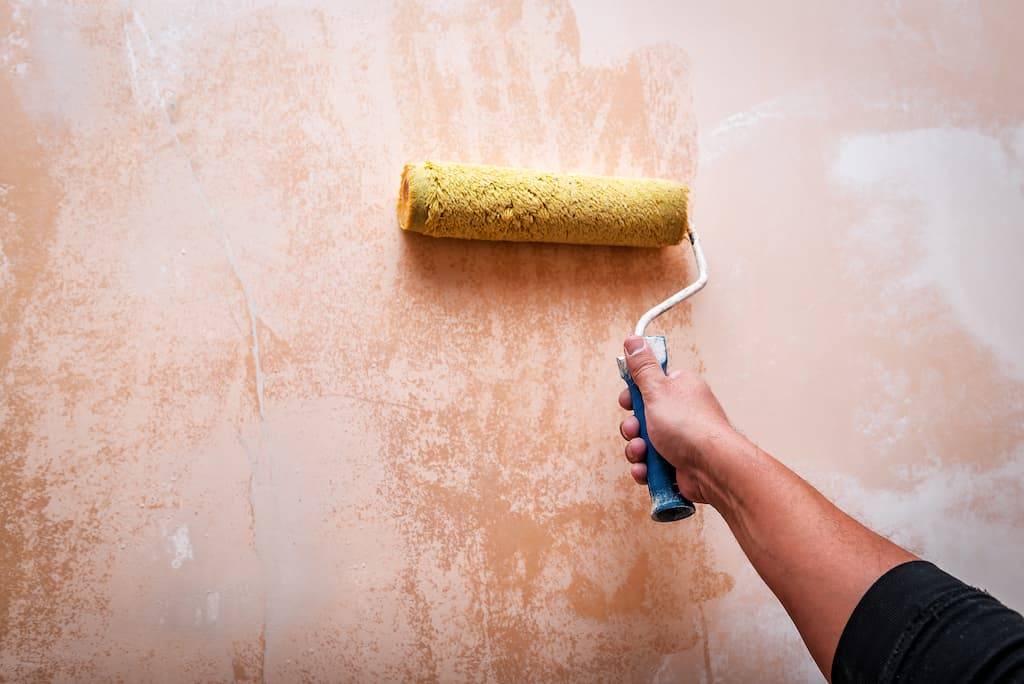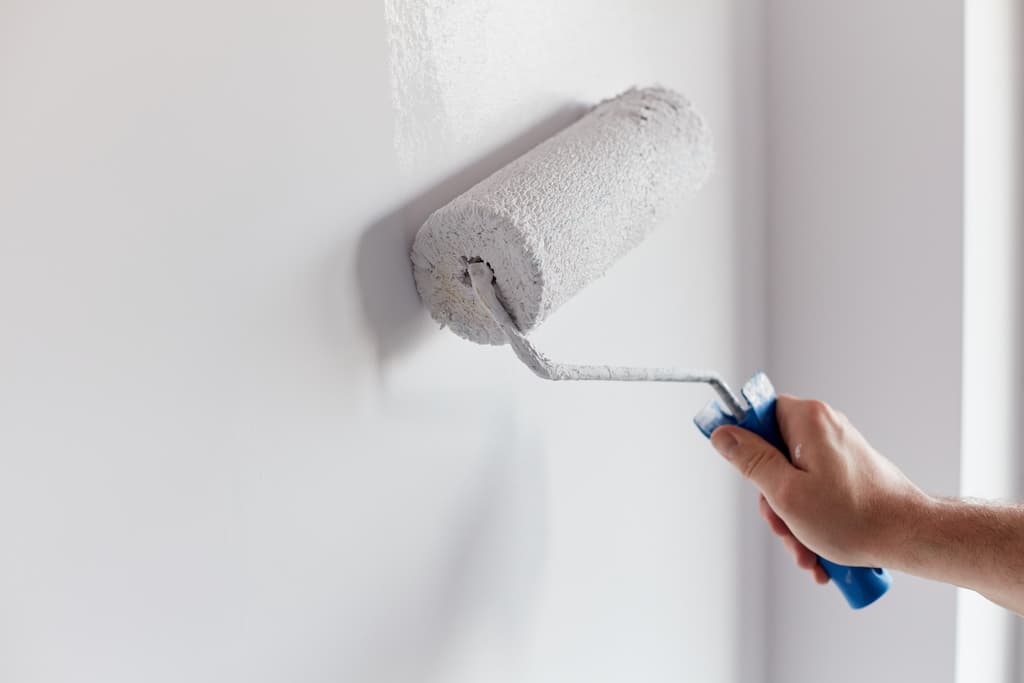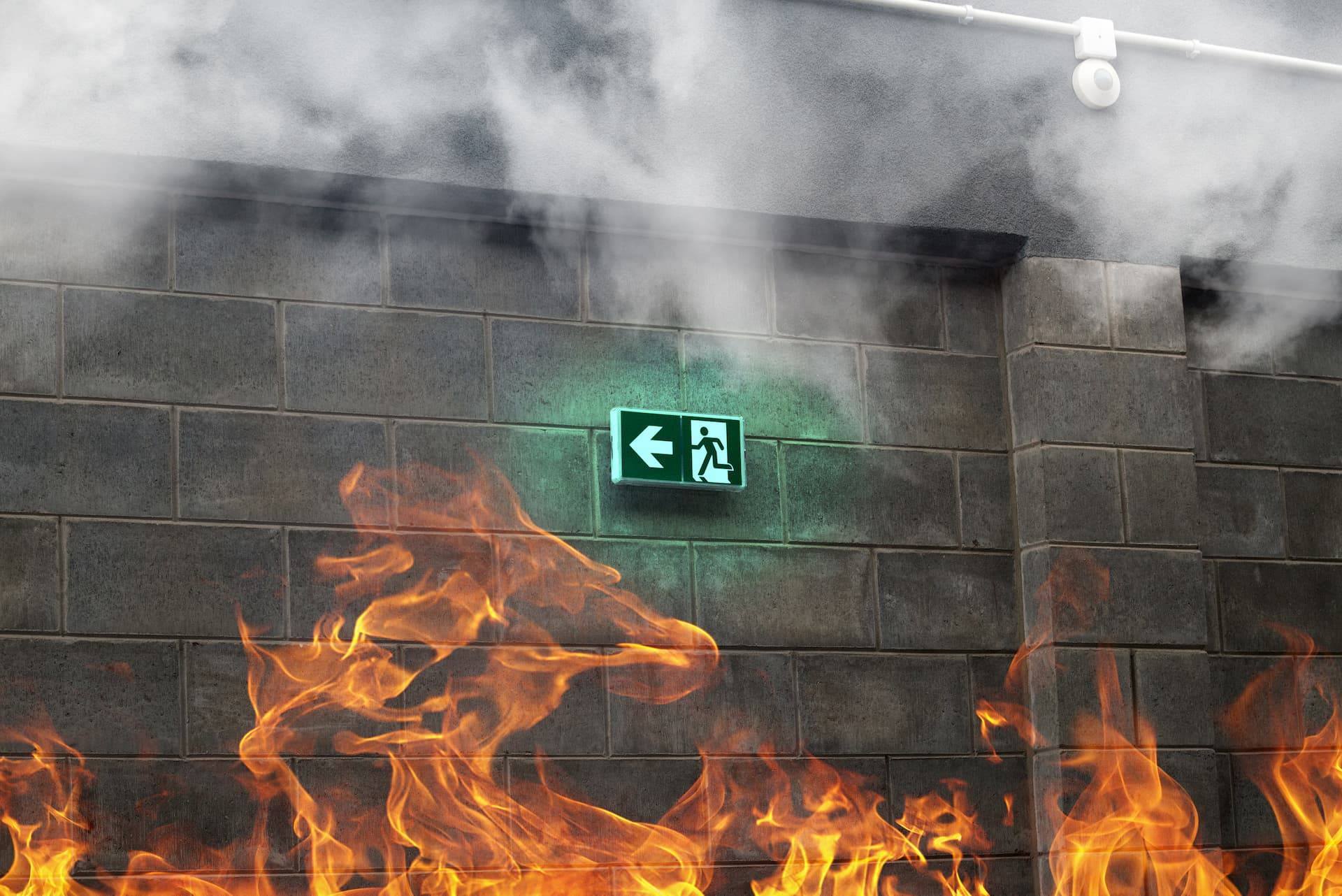Fire retardant paint isn’t just a useful way to help protect your building from fire damage, but is also legally required in certain circumstances. With fire safety elements being so important for insurance and legal purposes, you may be wondering how to apply it the correct way. Fortunately, we’ve put together this five-step guide on exactly how to do so. This way, you can be confident in the application.
Step 1: Surface Preparation
Before applying fire retardant paint, it’s important to prepare the surface. Start by cleaning the surface to remove any dirt, grease, or debris. Use a mild detergent and water solution, followed by rinsing and allowing the surface to dry completely. The next step is to inspect the surface for any cracks or holes, and repair them using fillers or sealants. Finally, once the surface is clean and smooth, sand the surface to ensure a smooth and even finish.

Step 2: Priming The Surface
Now that your wall or surface is appropriately prepared, it’s time to apply a primer. Choose a primer specifically designed for use with fire-retardant paint. Once you have the right product, apply the primer evenly using a brush or roller, following the manufacturer’s instructions regarding drying times and coverage. Primer helps to improve adhesion and ensures better results.

Step 3: Applying The Fire Retardant Paint
With your surface clean, smooth and primed, it’s time to apply the fire retardant paint. Stir the paint thoroughly before use to ensure an even consistency. From here, coat the paint evenly using a brush, roller, or sprayer. We recommend working in small sections to achieve the best coverage. Be sure to follow the manufacturer’s instructions regarding the number of coats required and drying times between layers. Additionally. pay attention to areas that are more prone to fire hazards, such as kitchens and fireplaces.

Step 4: Drying The Fire Retardant Paint
After applying the the paint, leave it to dry and cure properly before allowing the surface to see any moisture or heavy use. Follow the manufacturer’s recommended drying times, taking into account factors such as temperature and humidity. Furthermore, we advise not touching or disturbing the surface during the drying and curing process to ensure a smooth and durable finish.

Step 5: Final Touches & Maintenance
Once the fire retardant paint has dried and cured completely, inspect the surface for any areas that may need additional coats. It’s here that you can make any necessary adjustments to ensure a consistent and uniform finish. Afterwards, maintain the painted surface by keeping it clean and free from debris. Regular maintenance will help preserve the fire resistance of the paint and prolong its lifespan.

Choose Hydron Protective Coatings For Fire Retardant Paint Products
At Hydron Protective Coatings, we pride ourselves on providing the highest quality products, including fire resistant paint. If you’re looking for a way to protect your property from fire with a reliable paint, then browse our range of give us a call today to find out more.



